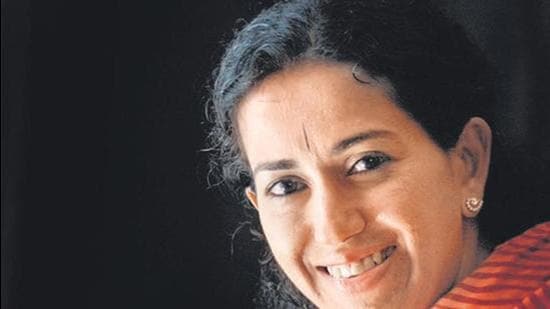
Bangalore Talkies | A local snack that only a few have heard of
There are some snacks that have a pan regional jurisdiction, while there are those that are authentically linked to one particular state.
Mention chivda and quite a few north Indians from different states will perk up. Mention chakli and the same will happen to south Indians. But if I say “kodubale, anyone?” all I get is a “Huh?” or a “Kodu-what?” Which is a shame because this snack, much like Congress peanuts, or avarekalu mixture is beloved in Bengaluru and all over Karnataka.
Kodu refers to an elongated shape. For example, in Kannada alasande kodu refers to long beans or snake beans that we typically make into sabzi. Bale means bangle and alludes to the shape of these bangle-like round snacks. The recipe is pretty much the same as in many south Indian savoury items. Dry roast rice flour, along with a little chiroti rava and maida. Separately, grind some chutney kadalai or fried gram. To that, add curry leaves, grated coconut and spices-- chili powder, salt to taste, asafoetida. Grind the flour and spice mixture together. Finally, add a big spoon of piping hot oil. This gives the crispiness, so don’t miss this step. Give the whole thing a twirl in the mixie. Then take it out, add water and make it into a roti-type dough. Next comes the shaping of the kodubale. First elongate, then bring the two ends together so it looks like a bangle. Deep fry, naturally. Eat right away or store in a jar and savour over weeks. If they last that long.
There are three types of kodubale. The Mysuru style ones are the most common and are available all over Bengaluru. The Malnad style is made with maida instead of rice flour and is smoother instead of grittier. Then there is a version that is hard on the outside and soft instead. This is the mosaru kodubale or the yogurt/curd based variety. In this sour curd is added in addition to water, then deep fried. This comes out like one of those vadas sold in Udupi restaurants all over the country. Except that they taste infinitely better. In fact, how these big urad-dal-ka-vadas took over the country instead of the slimmer mosaru kodubale is a mystery. The thing with the yogurt based version is that it won’t keep. You have to make it and eat it right away.
Also Read | The city’s favourite monsoon snack— nippattu
If you want a compromise between crispy and soft, I recommend the maddur vada as the opening batsman followed by a mosaru kodbale, both served with a dollop of white coconut chutney. What is a maddur vada, you ask? The man, let us call him Basavanna, is on his way back to his “native,” as we say here in Bengaluru. Call your accountant during these Covid times and he might say, “Connection poor, madam. I am in my native in Shivamogga.” The virus has troubled us long enough but one side benefit is the number of people who have decided to go back home.
There is only thing that Basavanna needs to carry back, one thing that his relatives wanted and that is a stack of maddur vadas. To do that, he has to get to Maddur, a town in between Bengaluru and Mysuru on the banks of the river Shimsha, a tributary of the Cauvery. This town in the rich, fertile Mandya district of Karnataka has become the ‘tender coconut capital’ of the world, sending its coconuts far and wide up the Konkan coast. People come here for its temples, its sugarcanes and of course, to eat its maddur vadas. In what is typical of the Tamil-Kannada debate, the name of the town too is open to interpretation. Some say that an inscription in Ugra Narasimha temple calls this town Marudhur. Others say that Madduru means gun powder and refers to the town’s military past. What it is known for today however are its snacks.
Although you can buy these vadas all along Maddur town, the place to go if you want a bit of history is Maddur Tiffanys on the Bengaluru-Mysuru highway 275. This family establishment is part of the lore of the snack. One of the owners is a descendent of Ramachandra Budhya who ran VTR or Vegetarian Tiffin Room inside Maddur railway station. Upon learning that a train was arriving early, Budhya hastily converted the mix for his pakoras into a flattened version that would cook faster and sold it as maddur vada. This accidental invention with its happy mix of onions, spices, sooji and maida turned 100 in 2017. It is the reason Basavanna’s relatives have asked him to bring home four dozen vadas, because you see, they keep for a few days without putting them in the fridge.
In Bengaluru, I go to Woodys on Commercial Street for my maddur vada fix. And when I go up north, the snack I carry for discerning foodie friends is also the maddur vada, along with, you know it, the kodubale.
Shoba Narayan is Bangalore-based award-winning author. She is also a freelance contributor who writes about art, food, fashion and travel for a number of publications.
Bangalore Talkies | A local snack that only a few have heard of - Hindustan Times
Read More

No comments:
Post a Comment